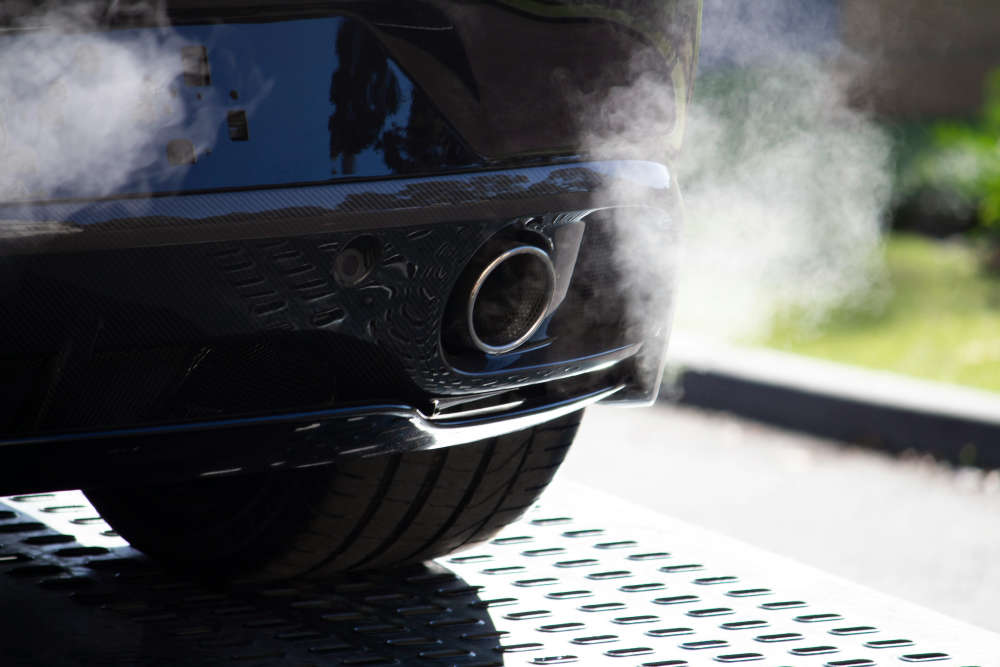
Levels are dropping, but action plan is still in place
Exeter City Council is being urged to do more to guarantee clean air for people living alongside some of the city’s busiest roads.
The executive committee heard that facts and figures on pollution recorded during the controversial Low Traffic Neighbourhood (LTN) trial will not be available for another year.
The overall trend over the past five years has seen a steep drop in traffic pollution, and the council has an ‘action plan’ to make sure the clean-up continues.
But Cllr Diana Moore (Green, St Davids) said the council should go even further.
“Living with ongoing high levels of nitrogen dioxide and emissions is not good,” she said, and just because levels were meeting government targets did not mean they were acceptable.
“We need to look at what we can do around air pollution,” she added. “Otherwise it undermines everything we do in terms of active communities.”
Ian Frankum, who campaigned against the LTN trial in Heavitree and Wonford which was scrapped in the summer, said that during the trial pollution and traffic had increased on routes around the perimeter of the pilot area.
He said: “East Wonford Hill, Fore St Heavitree, Heavitree Road, Pinhoe Road, Honiton Road and Livery Dole all experienced year-on-year increases in nitrogen dioxide, and we know why.
“Those of us that live in Heavitree believe that since the suspension of the LTN there has been a reduction in traffic and congestion on East Wonford Hill, and therefore nitrogen dioxide emissions may have reduced.
“Why do residents have to wait another year to find out?”
Cllr Ruth Williams (Lab, Mincinglake and Whipton), said it had not yet been possible to say if the LTN trial had had a positive or negative impact, and figures would not be available until next year.
But, she said, overall recorded levels of nitrogen dioxide had fallen by 35 per cent since 2019.
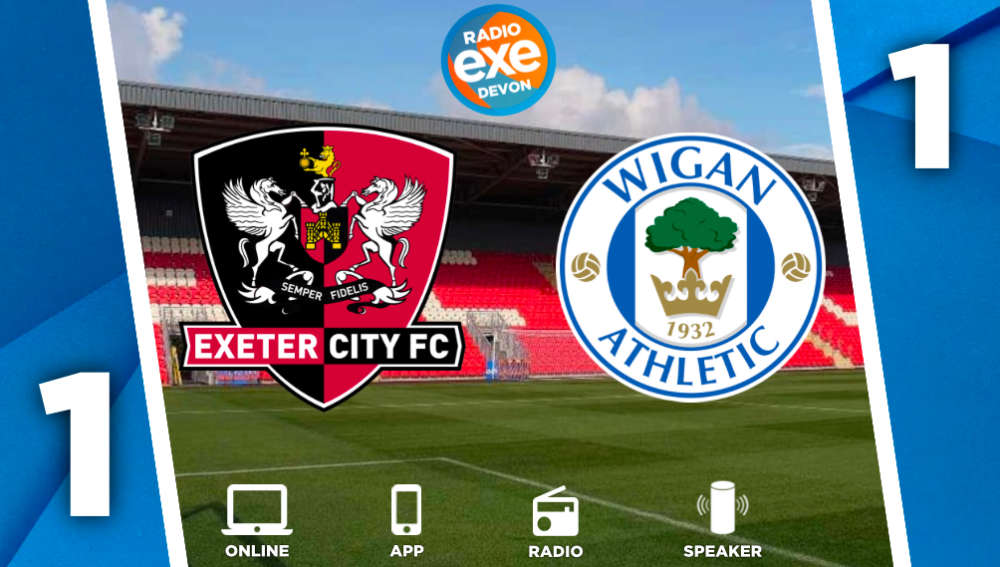 City draw at home
City draw at home
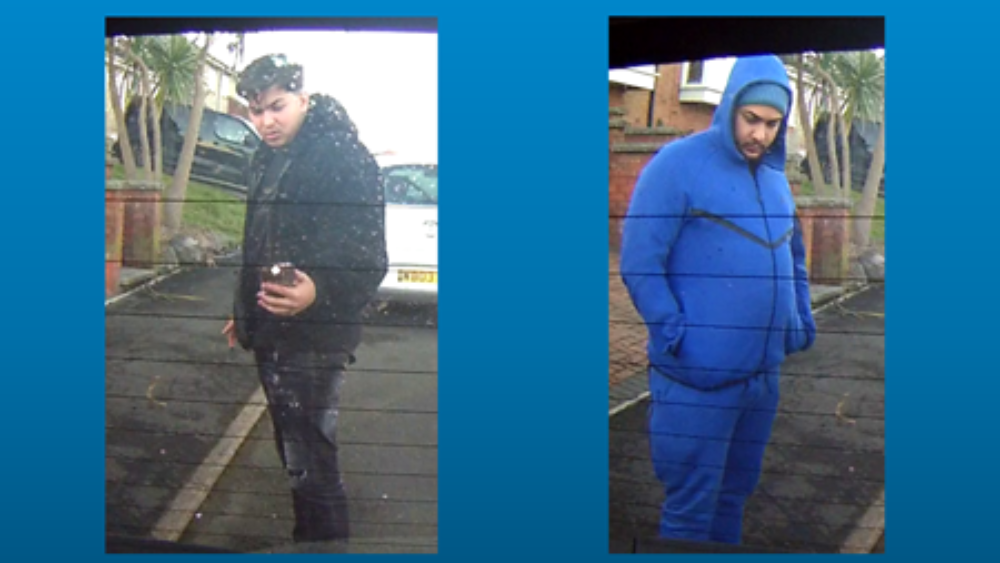 Cars damaged in bid to buy cheaper
Cars damaged in bid to buy cheaper
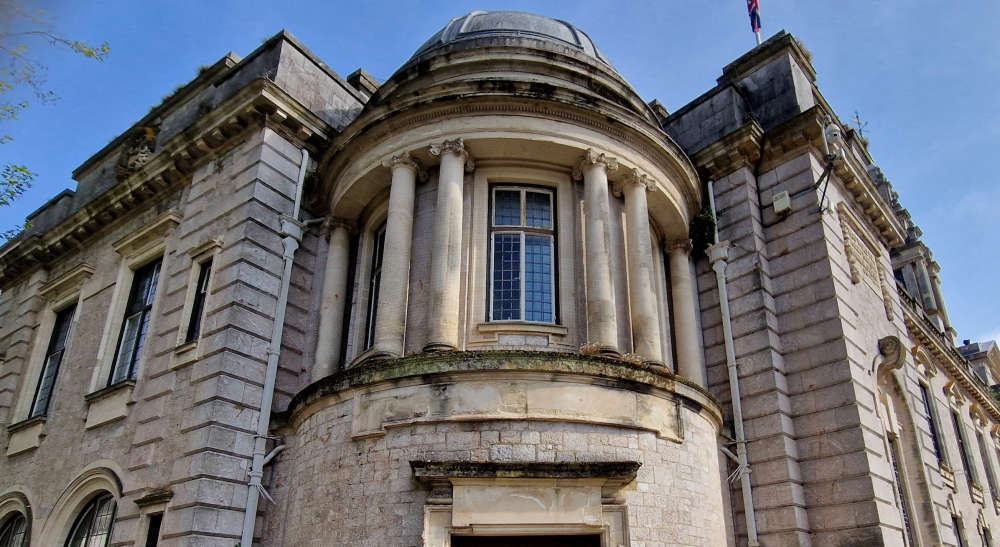 Torbay Council considers 'fire and re-hire' in pensions wrangle
Torbay Council considers 'fire and re-hire' in pensions wrangle
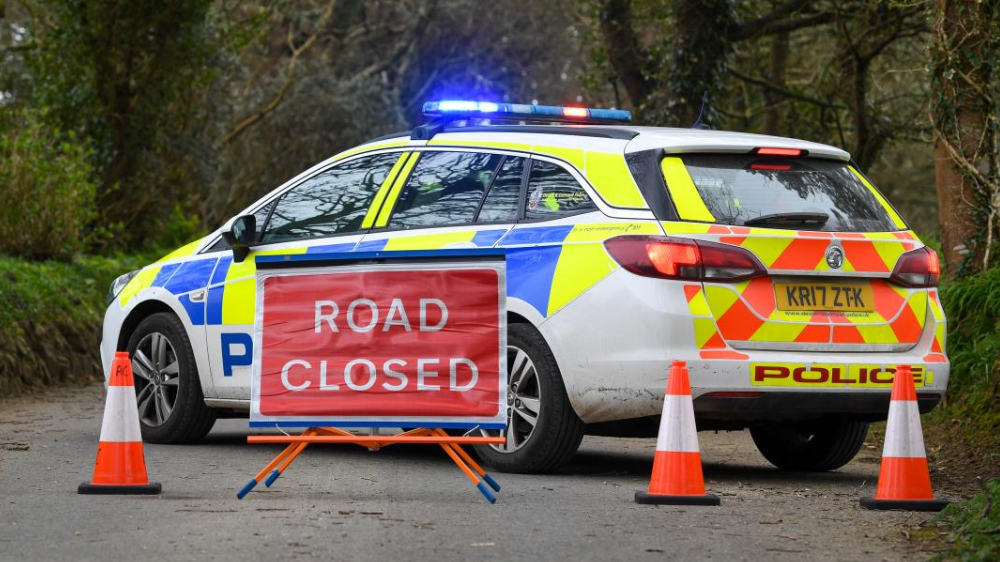 Elderly pedestrian hit by car in Paignton crash
Elderly pedestrian hit by car in Paignton crash
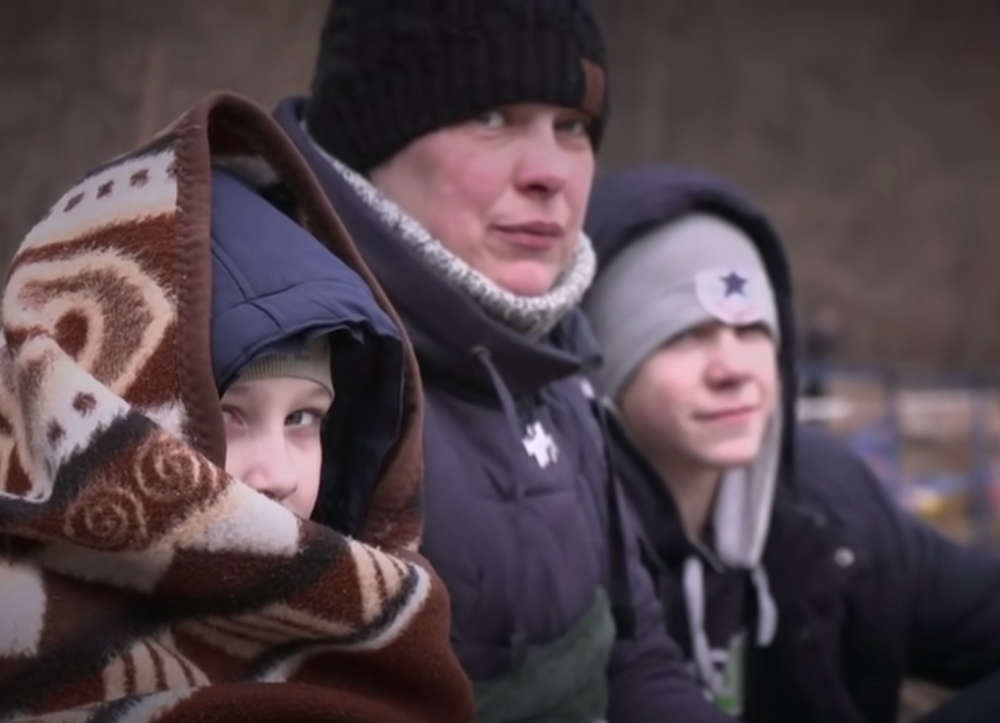 Top up payments for Ukrainian hosts in North Devon
Top up payments for Ukrainian hosts in North Devon
